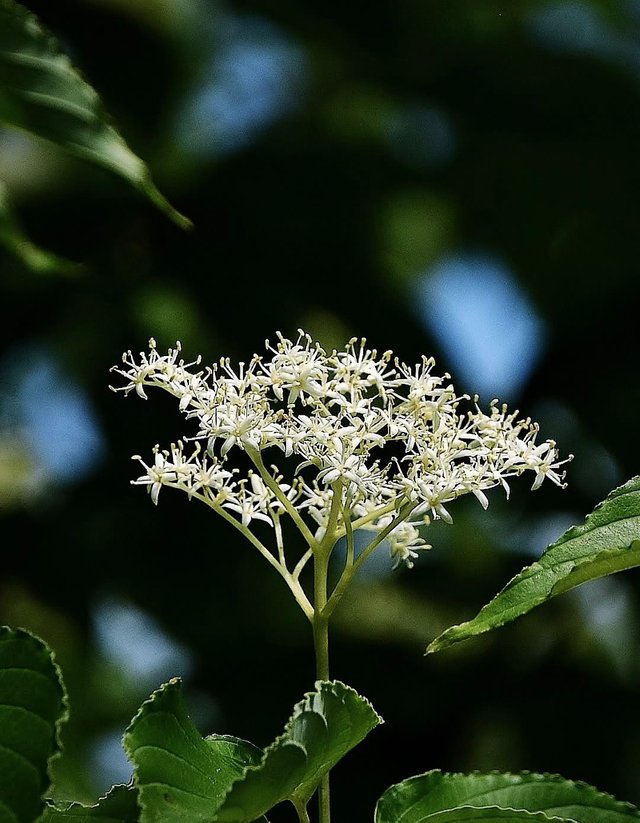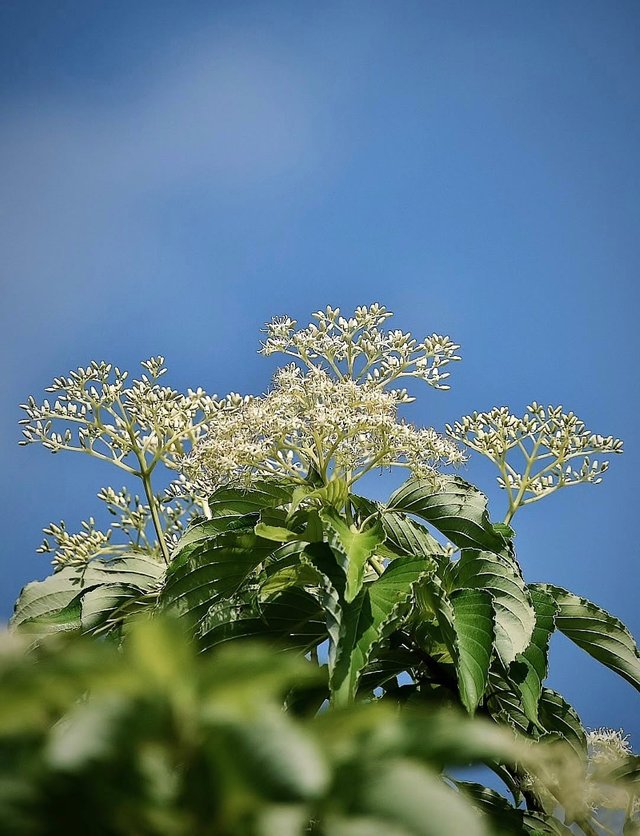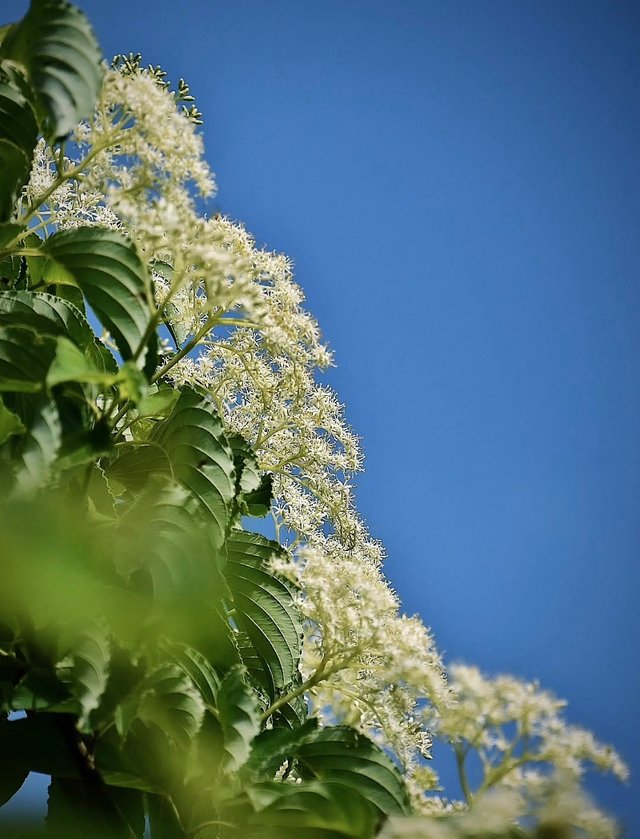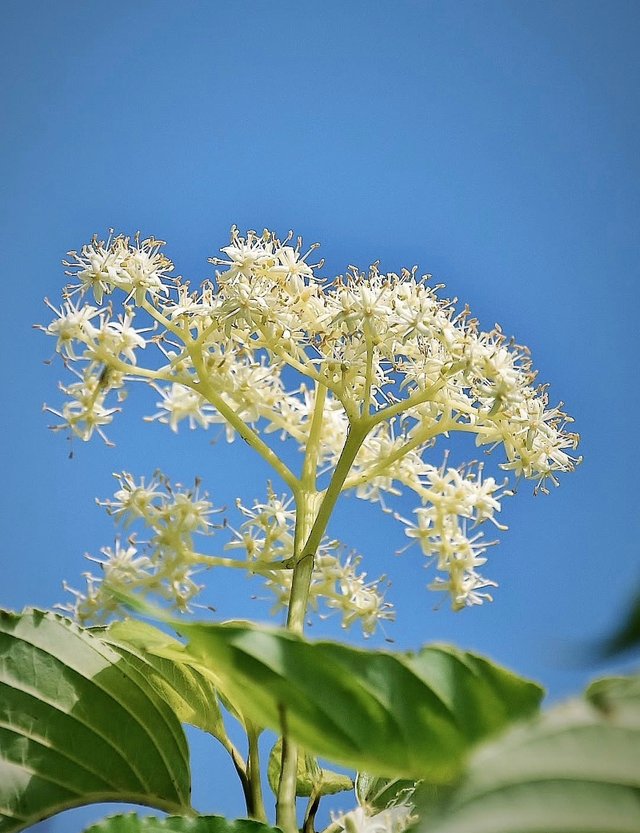Cornus macrophylla
Cornus macrophylla, commonly known as large-leaf dogwood, is a deciduous flowering tree that graces the temperate woodlands of East and Southeast Asia. Native to regions including the Himalayas, China, Korea, Japan, and parts of Southeast Asia, this tree belongs to the Cornaceae family—famed for its elegant floral displays and ecological versatility.Among its many features, the flower of Cornus macrophylla stands out as a botanical jewel that marries delicate beauty with ecological function.
The flowers of Cornus macrophylla bloom in late spring to early summer, typically around May to June, depending on the altitude and local climate. Rather than showy petals like garden ornamentals, the flowers are tiny, greenish-white, and form dense, flat-topped clusters known as cymes.Each flower is perfect (bisexual), meaning it contains both male (stamens) and female (pistil) reproductive organs. This structure allows for efficient reproduction, often assisted by wind and insect pollinators.
Although the individual flowers may seem modest, the overall inflorescence forms a beautiful, creamy-white cloud atop the green canopy, especially striking against the tree's large, ovate leaves—hence the name macrophylla, meaning large-leaved.Though its flowers are not flashy like cherry blossoms or magnolias, Cornus macrophylla plays an essential ecological role in the forests it inhabits. The flowers attract a variety of insect pollinators, including bees, flies, and butterflies. After flowering, the tree produces small fruits that are a food source for birds and small mammals.The tree’s broad leaves provide ample shade and microhabitat for undergrowth species and contribute to soil health by producing rich leaf litter.




